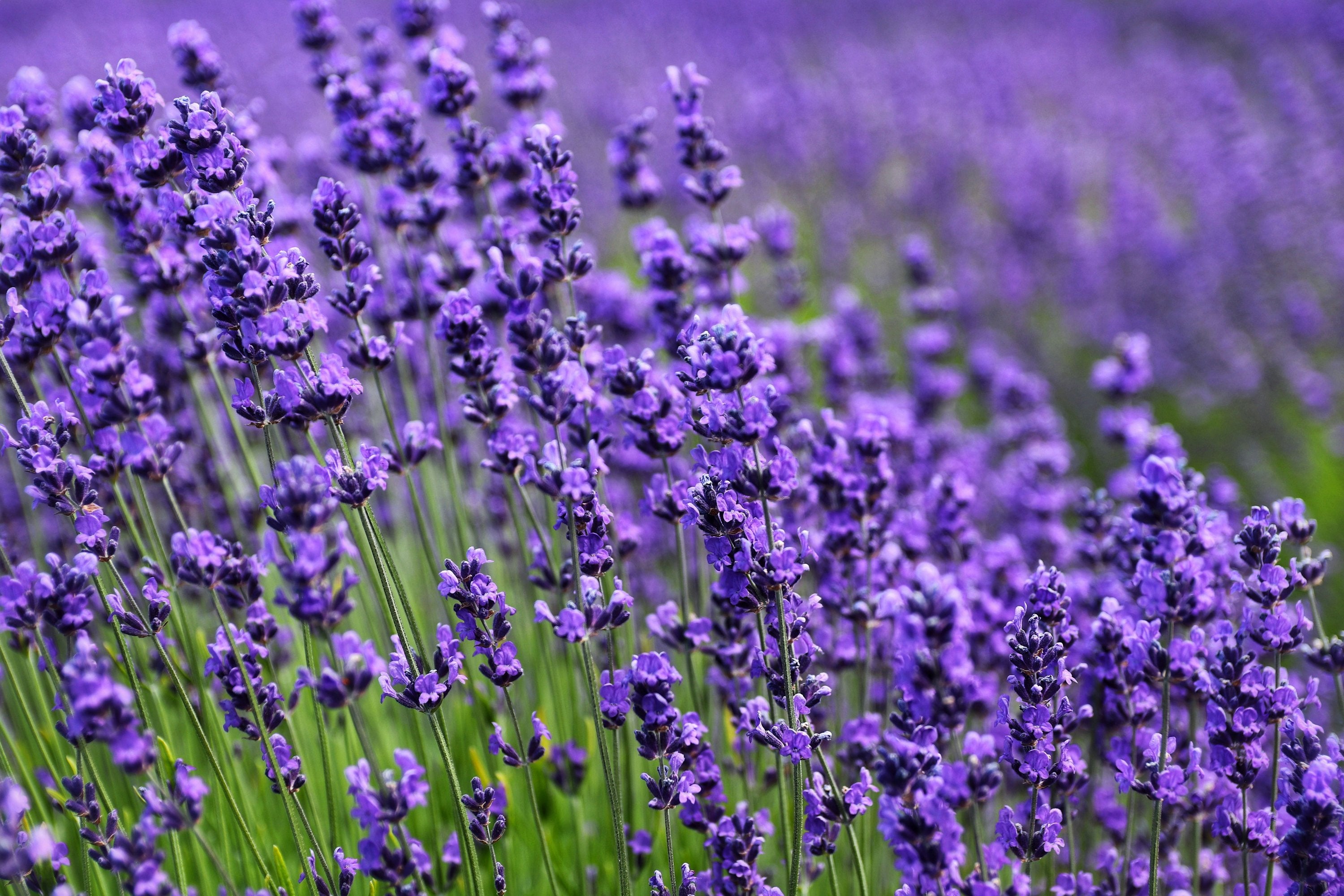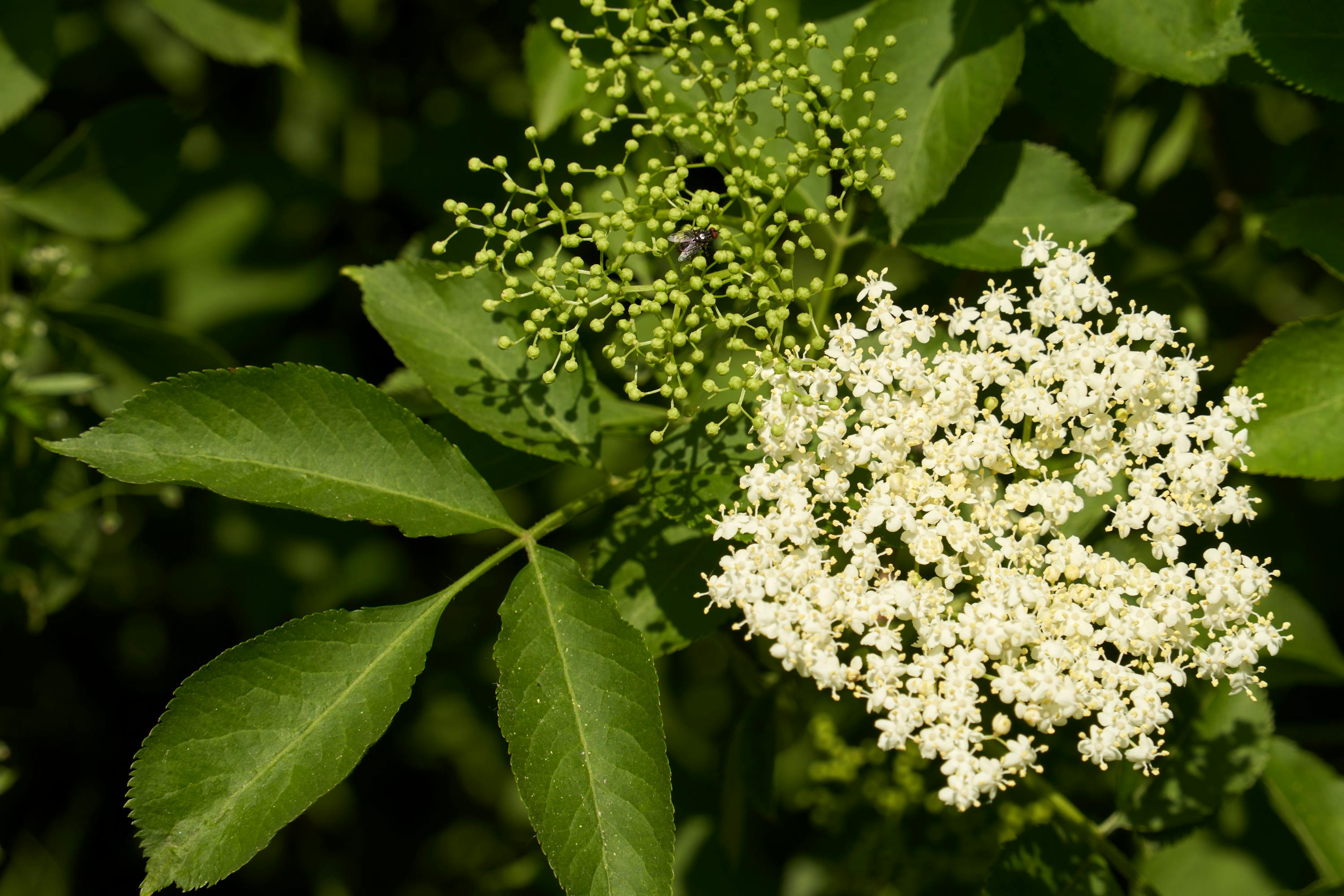Description
Juniper is an evergreen shrub with sharp needles, primarily found in Northern Europe. The berries take up to two years to mature before being harvested and dried. This process gives them their characteristic blue-black color, reminiscent of blueberries. Containing essential oils, they have a hearty, woody flavor that's fresh and resinous, akin to a pine forest, with floral notes and a hint of peppery sharpness.
Juniper berries are believed to aid digestion, which is why they are often used in rich dishes like roasts, game, or stews, as well as in sauerkraut. However, they are perhaps best known as a key ingredient in gin, providing it with its distinctive sweet-bitter-resinous flavor.
Historical Background
Juniper berries have been used for centuries as a spice, medicinal, and magical remedy. As early as 1550 B.C., an Egyptian papyrus recommended juniper berries as a laxative!
In the Middle Ages, juniper was widespread throughout Europe, making it a popular spice for smoking ham and sausage. Due to their oil content, juniper berries were believed to have healing properties and were used in salves for joint pain, as well as for digestive and urinary issues.
Juniper was considered cleansing and disinfecting and was also used in ritual fumigations, believed to protect against the plague.
Interesting Facts
- Although they resemble berries, juniper berries are botanically cones.
- There are many subspecies of juniper, but many are toxic. Only the fruit of the common juniper is used.
- Gin not only gets its flavor from juniper berries but also its name, which derives from the Latin term "Juniperus" (meaning juniper).
- Juniper has substantial cultural significance and is known by various names in German-speaking regions, including Kranewitt, Machandel, Spurk, or Reckolder.

























